Newsrooms, social scientists, public health professionals, and librarians unite
Working outside of newsrooms for the past three years — alongside social scientists, public health professionals, and library professionals — has been instrumental in the ways I think about the future of news. There are many ways that these groups can work together to help little-d democracy in 2022, and I hope they do. Here are some thoughts based on my time with demographers, population researchers, information scientists, and digital archivists:
- We’ll see more new local for-profit and nonprofit news organizations launch in existing news deserts — and some of them will have close ties to PACs and/or political groups. (We’ve already seen this take place in Stockton and Chapel Hill and in 12 other states, as reported by Yowei Shaw, Tammy Grubb, and Priyanjana Bengani, respectively.) In many cases, these newsrooms will appear in places with few, if any, local media watchdogs — and where thousands of new residents move in without any existing media habits. This will be interesting to watch in light of the Local Journalism Sustainability Act.
- We’ll see more newsrooms and audio organizations partner with digital archivists and librarians to save content that may be relevant in the future, and to understand how to incorporate web and media archiving into existing workflows. Preserve This Podcast’s work in this area is aimed at independent podcasters; my own MLIS project Saving Political Sites archived 25,000 local candidate websites from the 2021 election cycle, some of which have already disappeared from the web over the past month. There are also sorts of ways to do this in a smart way and at scale — and the best work in this area will take place entirely at the local level. (You know the “Friends Of” groups that spring up in your area in an election cycle — others don’t.)
- We’ll see more experimentation with paywalls, whether that means looking at the aggregate behavior of readers, or the location of readers, or whether someone is moving or standing still. We’ll see bundles happen more frequently — and we’ll also see paywalls figure more prominently into mutual aid networks.
- More newsrooms and academic research centers will partner, and it will benefit both groups. We’ve seen this go well in Wisconsin in a partnership between WisContext and the University of Wisconsin Applied Population Lab, and in Toronto between a reporter at The Toronto Star and a researcher at the University of Sheffield. Dear Pandemic, from researchers at a variety of schools, could easily be syndicated or repackaged by newsrooms for a local context.
- We’ll start to see mastheads spread out across the country. This will be good, especially if we’re hiring people who live there and not people who already work at a news organization and have moved to a new place.
- Medium will pivot.
- Revenue-splitting will become the norm with columnists. Could we see something similar for editors and product managers?
- Deborah Dwyer’s research on unpublishing the news will become even more relevant as more mergers take place (and hedge funds try to delete previous stories written about them).
- Newsroom workers in the 28 “right-to-work” states (like North Carolina) will try to unionize, and the outcomes across these states may be very different.
- We’ll see more news organizations post metadata to help prove provenance of images, audio, and video. The News Provenance Project at The New York Times and the Starling Lab at Stanford University will help fight misinformation through reducing uncertainty.
- We’ll see more attacks on independent student media, particularly at public institutions in red states. Louisiana State University’s journalism students now work for a bureau in the school’s communications office; its student newspaper stopped publishing in 2019. A 2016 report by the AAUP outlines a series of threats that college media organizations face
- We’ll see more attacks on public institutions — libraries, universities, school boards, news organizations. They’ll be hard to parse and hard to think about as connected. Will there be a Dear Pandemic that launches that focuses on the breakdown of democracy? How can social scientists and journalists partner together? (See No. 4.)
Melody Kramer is finishing an MLIS degree and leading communications for a population research center at the University of North Carolina.

Working outside of newsrooms for the past three years — alongside social scientists, public health professionals, and library professionals — has been instrumental in the ways I think about the future of news. There are many ways that these groups can work together to help little-d democracy in 2022, and I hope they do. Here are some thoughts based on my time with demographers, population researchers, information scientists, and digital archivists:
- We’ll see more new local for-profit and nonprofit news organizations launch in existing news deserts — and some of them will have close ties to PACs and/or political groups. (We’ve already seen this take place in Stockton and Chapel Hill and in 12 other states, as reported by Yowei Shaw, Tammy Grubb, and Priyanjana Bengani, respectively.) In many cases, these newsrooms will appear in places with few, if any, local media watchdogs — and where thousands of new residents move in without any existing media habits. This will be interesting to watch in light of the Local Journalism Sustainability Act.
- We’ll see more newsrooms and audio organizations partner with digital archivists and librarians to save content that may be relevant in the future, and to understand how to incorporate web and media archiving into existing workflows. Preserve This Podcast’s work in this area is aimed at independent podcasters; my own MLIS project Saving Political Sites archived 25,000 local candidate websites from the 2021 election cycle, some of which have already disappeared from the web over the past month. There are also sorts of ways to do this in a smart way and at scale — and the best work in this area will take place entirely at the local level. (You know the “Friends Of” groups that spring up in your area in an election cycle — others don’t.)
- We’ll see more experimentation with paywalls, whether that means looking at the aggregate behavior of readers, or the location of readers, or whether someone is moving or standing still. We’ll see bundles happen more frequently — and we’ll also see paywalls figure more prominently into mutual aid networks.
- More newsrooms and academic research centers will partner, and it will benefit both groups. We’ve seen this go well in Wisconsin in a partnership between WisContext and the University of Wisconsin Applied Population Lab, and in Toronto between a reporter at The Toronto Star and a researcher at the University of Sheffield. Dear Pandemic, from researchers at a variety of schools, could easily be syndicated or repackaged by newsrooms for a local context.
- We’ll start to see mastheads spread out across the country. This will be good, especially if we’re hiring people who live there and not people who already work at a news organization and have moved to a new place.
- Medium will pivot.
- Revenue-splitting will become the norm with columnists. Could we see something similar for editors and product managers?
- Deborah Dwyer’s research on unpublishing the news will become even more relevant as more mergers take place (and hedge funds try to delete previous stories written about them).
- Newsroom workers in the 28 “right-to-work” states (like North Carolina) will try to unionize, and the outcomes across these states may be very different.
- We’ll see more news organizations post metadata to help prove provenance of images, audio, and video. The News Provenance Project at The New York Times and the Starling Lab at Stanford University will help fight misinformation through reducing uncertainty.
- We’ll see more attacks on independent student media, particularly at public institutions in red states. Louisiana State University’s journalism students now work for a bureau in the school’s communications office; its student newspaper stopped publishing in 2019. A 2016 report by the AAUP outlines a series of threats that college media organizations face
- We’ll see more attacks on public institutions — libraries, universities, school boards, news organizations. They’ll be hard to parse and hard to think about as connected. Will there be a Dear Pandemic that launches that focuses on the breakdown of democracy? How can social scientists and journalists partner together? (See No. 4.)
Melody Kramer is finishing an MLIS degree and leading communications for a population research center at the University of North Carolina.
Jesse Holcomb
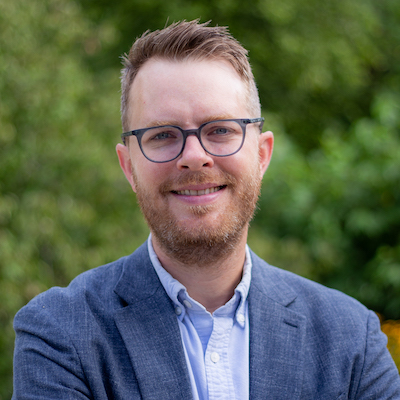
Matthew Pressman
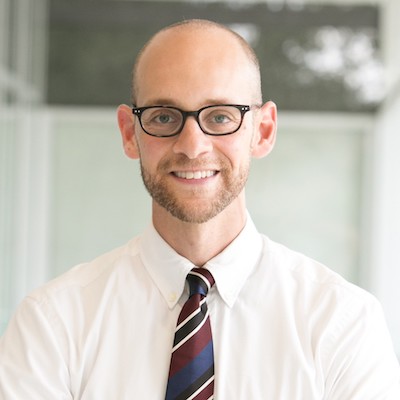
Mike Rispoli
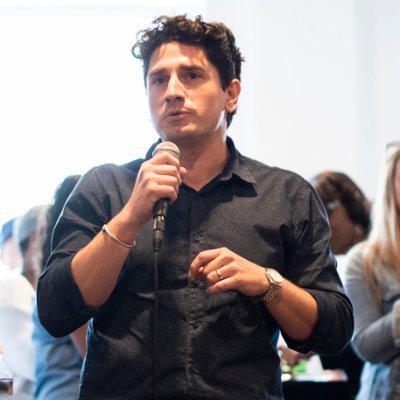
Amara Aguilar

Wilson Liévano
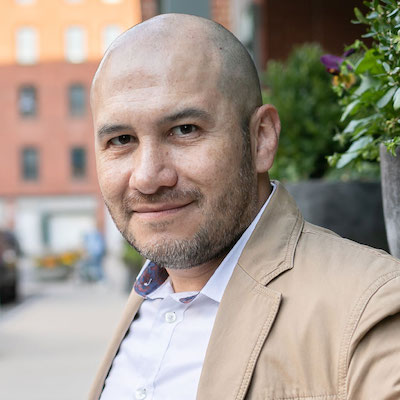
Anthony Nadler

Joni Deutsch
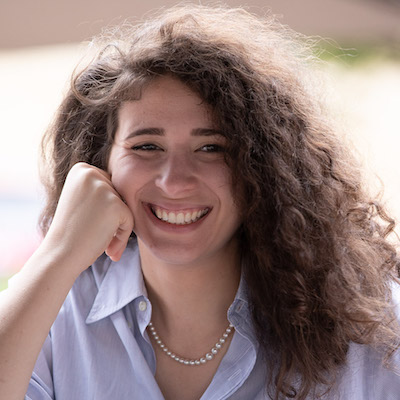
Millie Tran
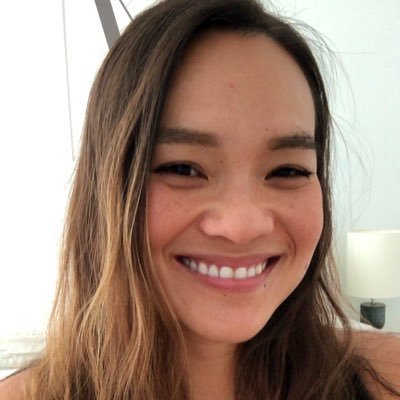
Jennifer Brandel

Sarah Stonbely

Kristen Jeffers
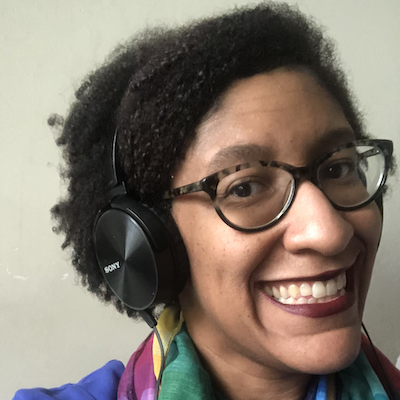
Christoph Mergerson
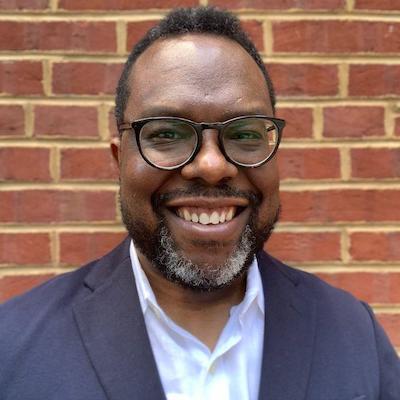
Paul Cheung

Sam Guzik
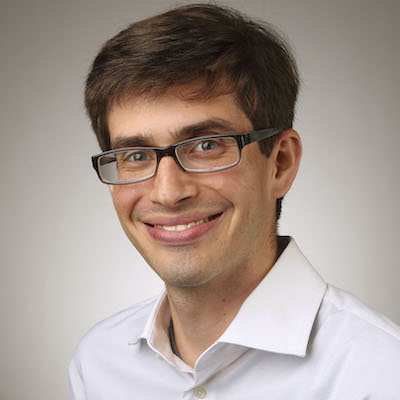
Francesco Zaffarano
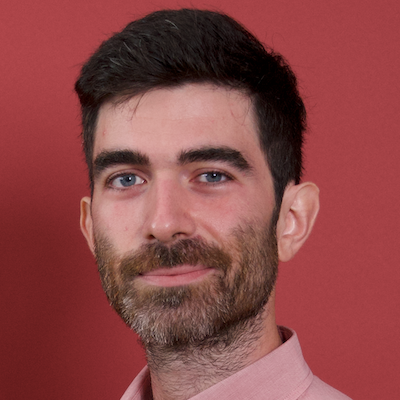
Don Day

Eric Nuzum
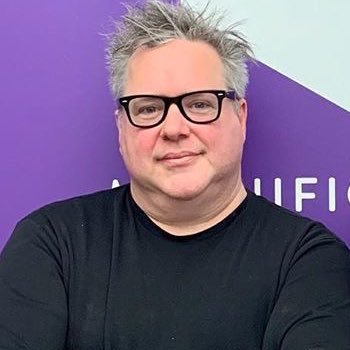
Anika Anand

Mandy Jenkins

Doris Truong
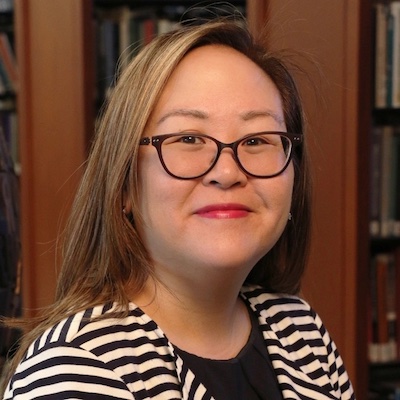
Chase Davis

Candace Amos
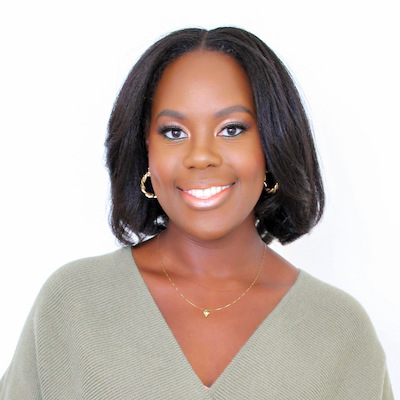
Cherian George
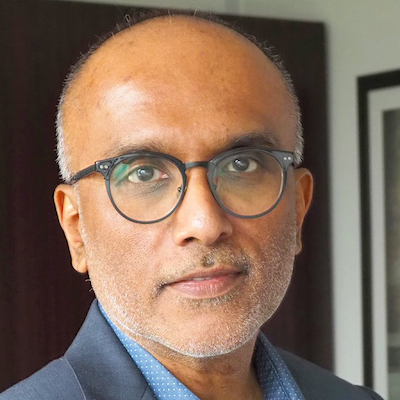
Janelle Salanga

A.J. Bauer
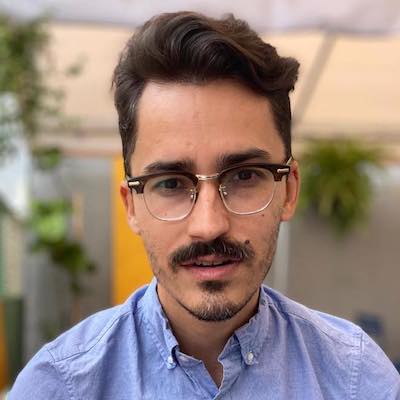
Izabella Kaminska
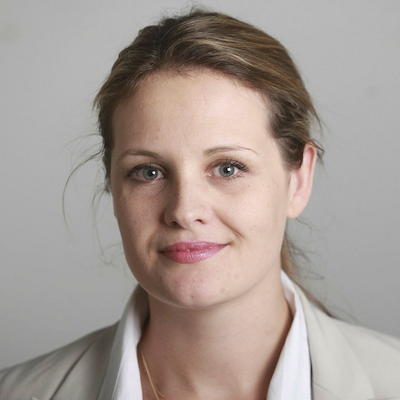
Stefanie Murray

David Skok

Joanne McNeil

Joshua P. Darr
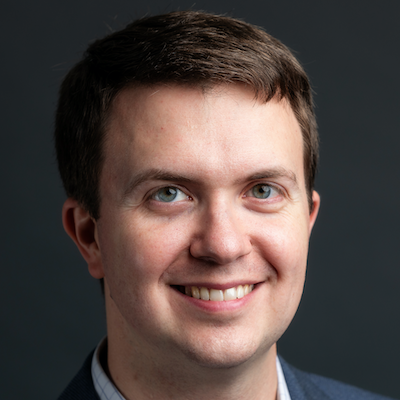
Mario García
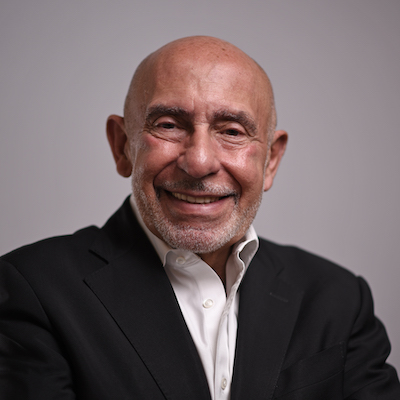
Cristina Tardáguila
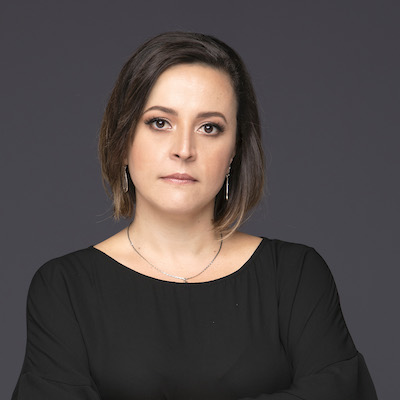
Mary Walter-Brown

Tamar Charney
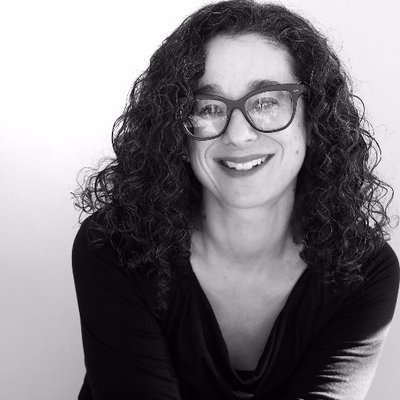
Larry Ryckman

Tom Trewinnard
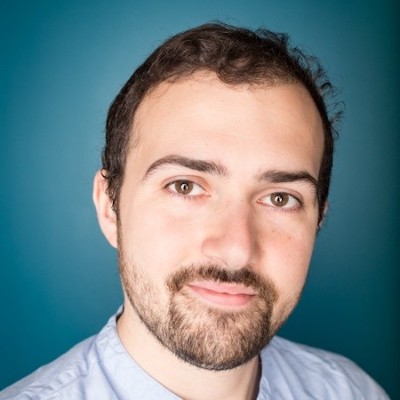
Kendra Pierre-Louis

AX Mina

Julia Munslow

Andrew Freedman

Melody Kramer

Whitney Phillips

Jessica Clark

Victor Pickard

Gordon Crovitz

j. Siguru Wahutu

Kerri Hoffman
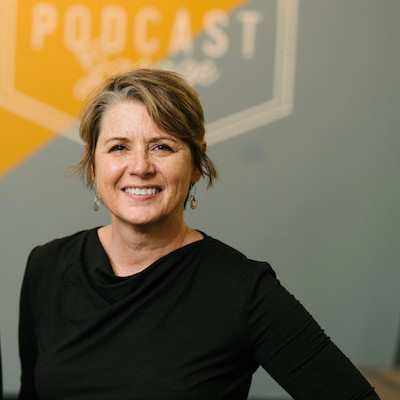
Kathleen Searles Rebekah Trumble

Brian Moritz

Kristen Muller
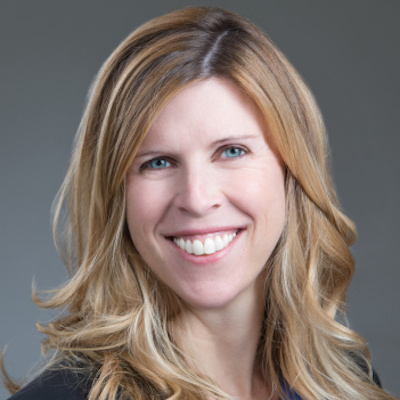
S. Mitra Kalita

Shalabh Upadhyay
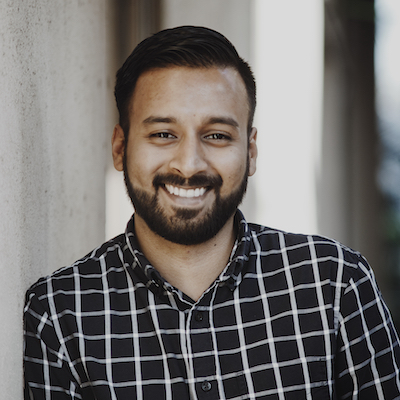
John Davidow

Moreno Cruz Osório

Rachel Glickhouse

Daniel Eilemberg
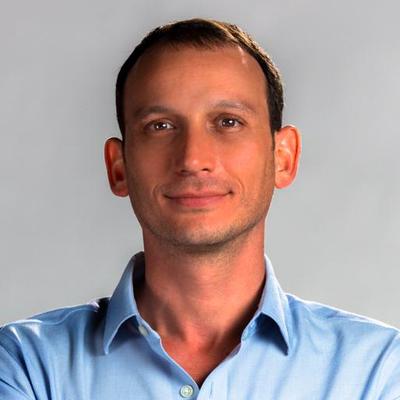
Nikki Usher

Gonzalo del Peon

Alice Antheaume

Joy Mayer

Catalina Albeanu

Laxmi Parthasarathy
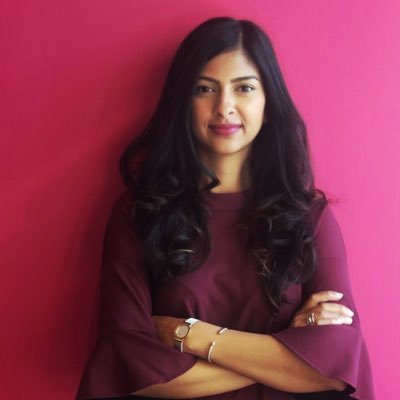
Matt DeRienzo

Robert Hernandez
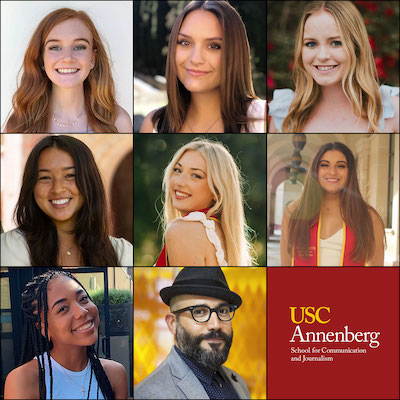
Christina Shih

Parker Molloy

Matt Karolian
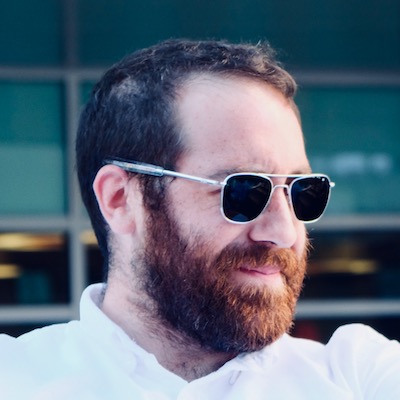
Amy Schmitz Weiss
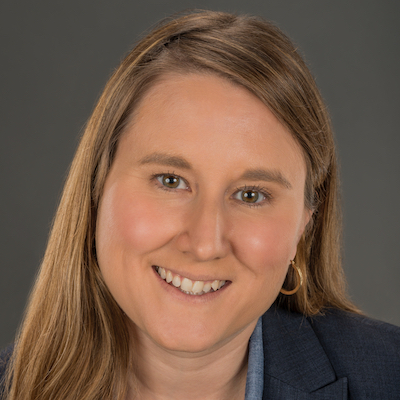
Stephen Fowler

Gabe Schneider

David Cohn

Jennifer Coogan
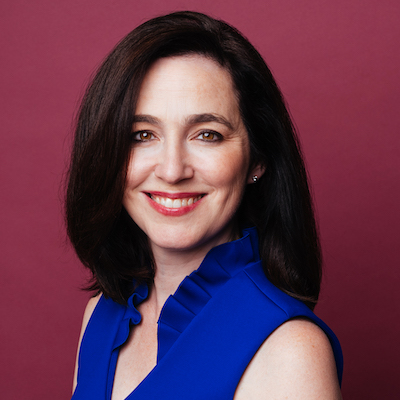
Jim Friedlich
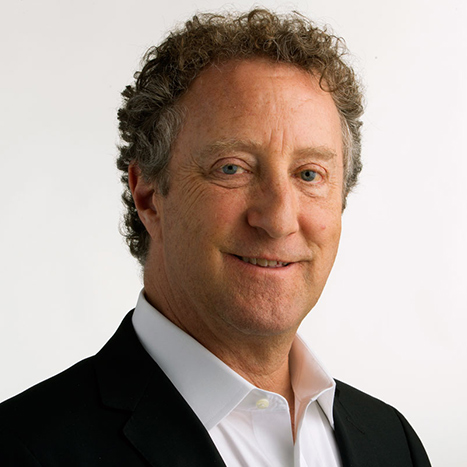
Simon Allison

Joe Amditis

Ståle Grut

Errin Haines

Jesenia De Moya Correa
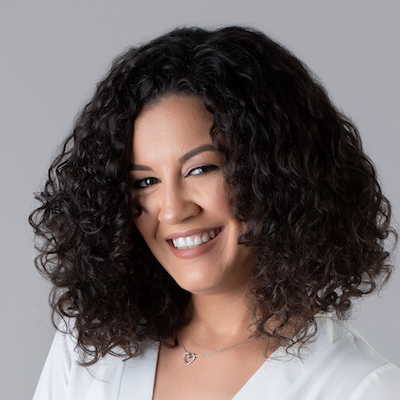
Sarah Marshall

Tony Baranowski

Burt Herman
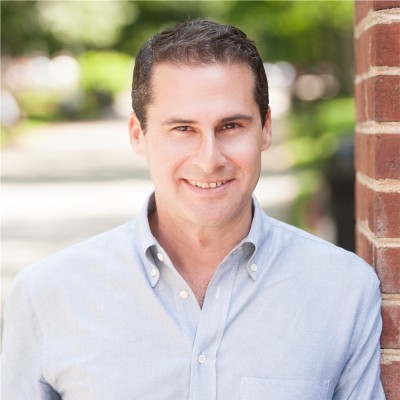
Shannon McGregor Carolyn Schmitt

Simon Galperin

James Green

Ariel Zirulnick
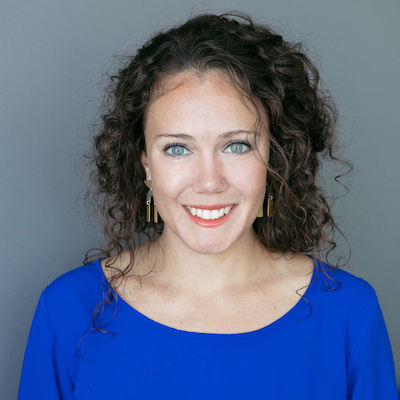
Natalia Viana
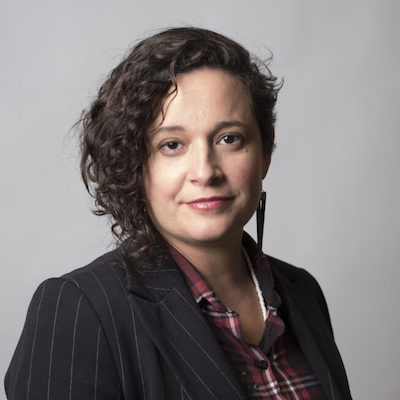
Cindy Royal

Jonas Kaiser

Julia Angwin
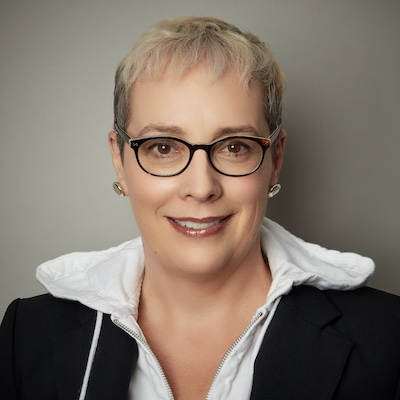
Rasmus Kleis Nielsen

Jody Brannon

Anita Varma
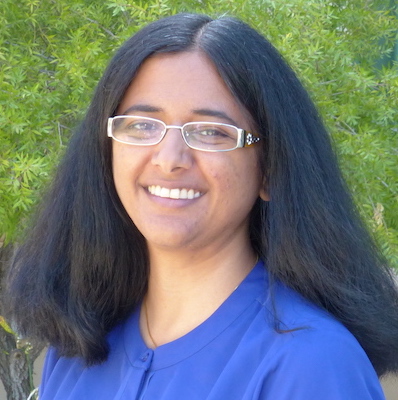
Juleyka Lantigua

Meena Thiruvengadam
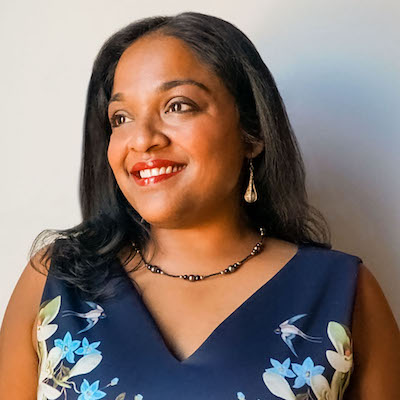
Zizi Papacharissi
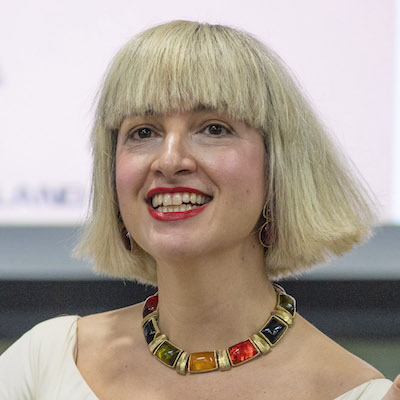
Michael W. Wagner
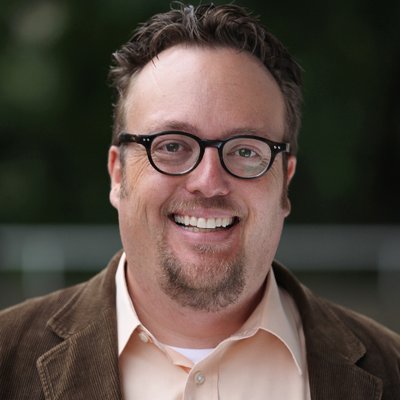
Megan McCarthy

Chicas Poderosas

Richard Tofel

Raney Aronson-Rath
